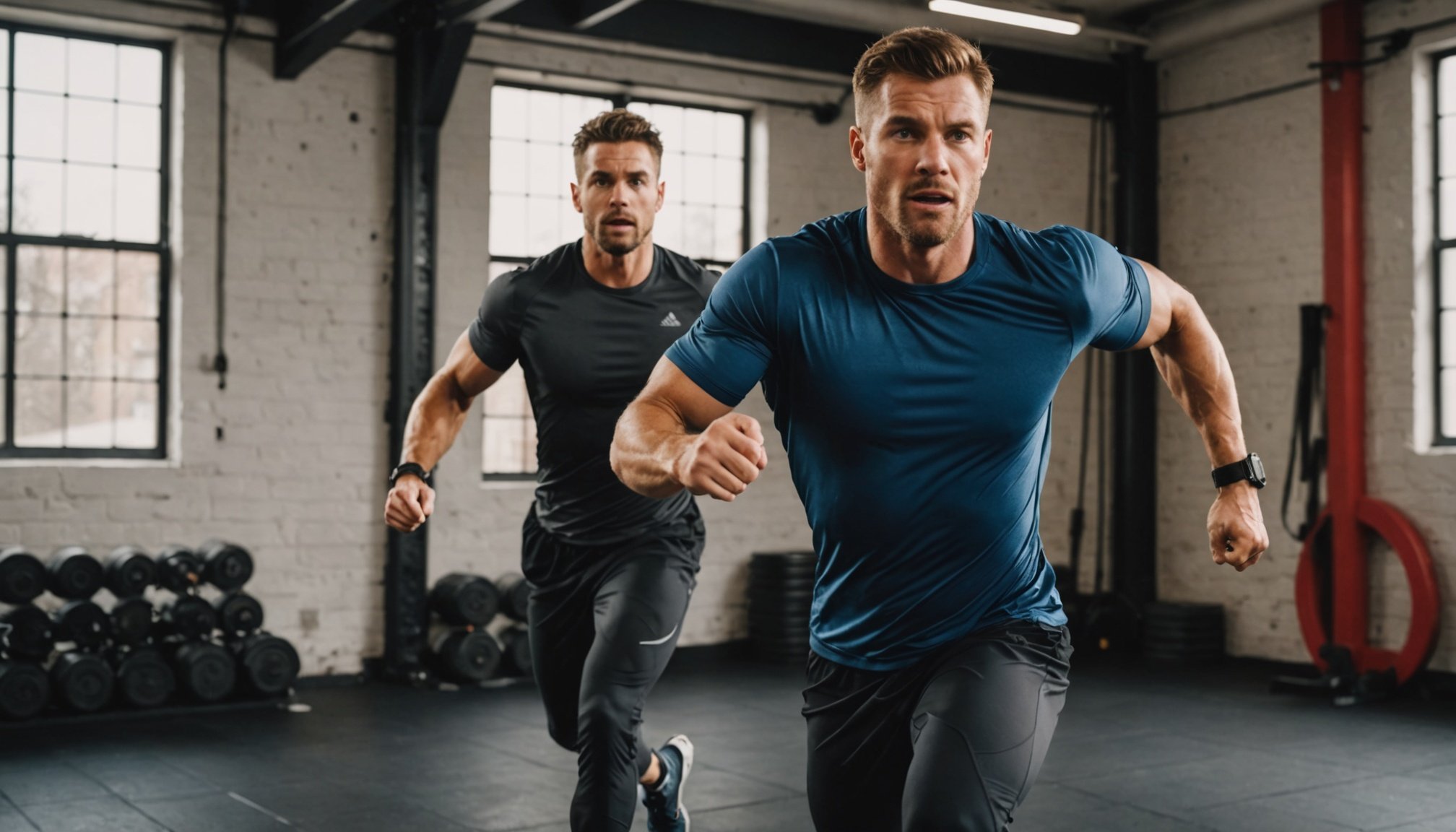In recent years, high-intensity interval training, commonly known as HIIT, has gained immense popularity in the fitness world. It’s a form of exercise that combines short bursts of intense activity with periods of rest or lower-intensity exercise. Many people turn to HIIT for its effectiveness in weight loss and improving overall fitness levels. But what exactly makes this training method so appealing? In this article, we will delve into the various benefits of HIIT for weight loss, exploring how it can transform your body and health, while also discussing its versatility and efficiency.
Understanding HIIT: The Basics of High-Intensity Interval Training
To appreciate the benefits of HIIT, it’s crucial to understand what it entails. HIIT consists of short, intense bursts of exercise followed by recovery periods. For instance, you might sprint at maximum intensity for 30 seconds, then walk or jog for a minute before sprinting again. This cycle can be repeated for a total workout time ranging from 10 to 30 minutes.
Also read : Unlocking Vertical Leap: Proven Strategies for Volleyball Players to Boost Jump Height
The essence of HIIT lies in its high level of intensity. The workouts push your body to work at maximum capacity, activating more muscles and elevating your heart rate. This rapid switch between high and low levels of activity trains your cardiovascular system efficiently.
One of the appealing aspects of HIIT is its adaptability. Whether you’re a beginner or a seasoned athlete, you can modify workouts to suit your fitness level. You can incorporate various exercises like running, cycling, jump rope, or bodyweight movements such as burpees and push-ups. Each person can adjust the intensity and duration of intervals based on their current capabilities.
In parallel : Maximizing athletic recovery: proven sleep techniques for optimal performance
Moreover, HIIT workouts tend to be short in duration, making them convenient for those with busy schedules. You can achieve significant results in a fraction of the time compared to traditional workouts, which often require prolonged sessions at a steady pace. HIIT is not just a workout; it’s a potent tool for achieving your fitness goals.
The Science Behind HIIT and Weight Loss
The science behind HIIT is what makes it particularly effective for weight loss. When you engage in high-intensity workouts, your body enters a state known as excess post-exercise oxygen consumption (EPOC), commonly referred to as the “afterburn effect.” This means that even after you finish your workout, your body continues to burn calories at an elevated rate. Research indicates that HIIT can increase your metabolism for hours post-workout, allowing you to burn more fat long after you’ve left the gym.
Additionally, HIIT workouts can significantly improve your insulin sensitivity. This is crucial for managing blood sugar levels and reducing the risk of type 2 diabetes. Improved insulin sensitivity means that your body can better utilize glucose for energy instead of storing it as fat. Thus, incorporating HIIT into your routine can enhance your overall metabolic health.
Furthermore, studies have demonstrated that individuals who engage in HIIT often experience more fat loss than those who perform steady-state cardio exercises, even when the total exercise time is less. This can be attributed to the fact that HIIT preserves muscle mass while promoting fat loss. Maintaining or building muscle is essential for boosting your resting metabolic rate, meaning you’ll continue to burn calories even when you’re not actively exercising.
Ultimately, the benefits of HIIT stretch beyond mere weight metrics. This form of training also supports overall health, enhancing cardiovascular fitness and endurance, while making workouts more enjoyable and engaging.
Maximizing Health Benefits with HIIT
Besides its profound impact on weight loss, HIIT offers a myriad of other health benefits. One of the most significant advantages is its positive effect on cardiovascular health. Regularly engaging in high-intensity workouts can strengthen your heart, improve circulation, and reduce blood pressure. This is particularly important as cardiovascular diseases remain a leading cause of death globally.
Moreover, HIIT has been linked to improvements in aerobic and anaerobic fitness. The structure of HIIT workouts challenges both of these energy systems, which can lead to significant gains in overall fitness. As your cardiovascular endurance improves, you will find that everyday activities become easier, enhancing your quality of life.
Mental health is another area where HIIT shines. Engaging in high-intensity workouts has been shown to reduce stress, anxiety, and symptoms of depression. The endorphins released during vigorous exercise can elevate your mood and contribute to a sense of well-being. You may also find that the short bursts of intensity keep your workouts exciting, making it less likely that you will experience boredom or burnout.
Finally, HIIT workouts can foster a sense of community, especially when performed in group settings. Joining a fitness class that incorporates HIIT can provide not just physical benefits but also social support and motivation, which are crucial for long-term fitness success. In summary, HIIT is a powerhouse of health benefits that goes far beyond weight loss.
Creating Your HIIT Workout Plan
If you’re ready to reap the rewards of HIIT, crafting a personalized workout plan is essential. Begin by assessing your current fitness level and setting realistic goals. Decide how often you want to incorporate HIIT into your routine; two to three sessions per week is generally recommended for most individuals.
Next, select the types of exercises you want to include. A balanced HIIT workout should combine cardio and strength training. Consider alternating between exercises that target different muscle groups, such as squats, lunges, and push-ups, along with cardio moves like burpees, mountain climbers, or sprints. Ensuring a mix will help prevent overuse injuries and keep workouts engaging.
When structuring your HIIT sessions, a common format is the 30/30 interval: 30 seconds of high-intensity work followed by 30 seconds of rest. However, this can be adjusted based on your capabilities. Beginners might start with 20 seconds of work followed by 40 seconds of rest, while more advanced individuals may extend the work intervals to 45 seconds or longer.
Remember to warm up before each session and cool down afterward. Warm-ups can include dynamic stretches and light cardio to prepare your body for exertion. Likewise, cooling down helps your body recover and reduces the risk of injury.
Finally, track your progress and stay flexible. As you become more comfortable with HIIT, you might want to increase the intensity or duration of your intervals or incorporate new exercises. Keeping your workouts fresh will help maintain motivation and yield better results.
In conclusion, high-intensity interval training (HIIT) stands out as an efficient and effective method for weight loss and overall health enhancement. It combines the benefits of cardiovascular and strength training, making it a comprehensive approach to fitness. With its adaptable format, you can tailor HIIT workouts to meet your individual needs and preferences. Whether you aim to shed pounds, improve your endurance, or boost your mental well-being, HIIT can be a powerful addition to your fitness journey. By understanding the mechanics of HIIT and embracing its benefits, you are well on your way to achieving your health goals. Start your HIIT journey today and experience the transformation it can bring to your body and life.











